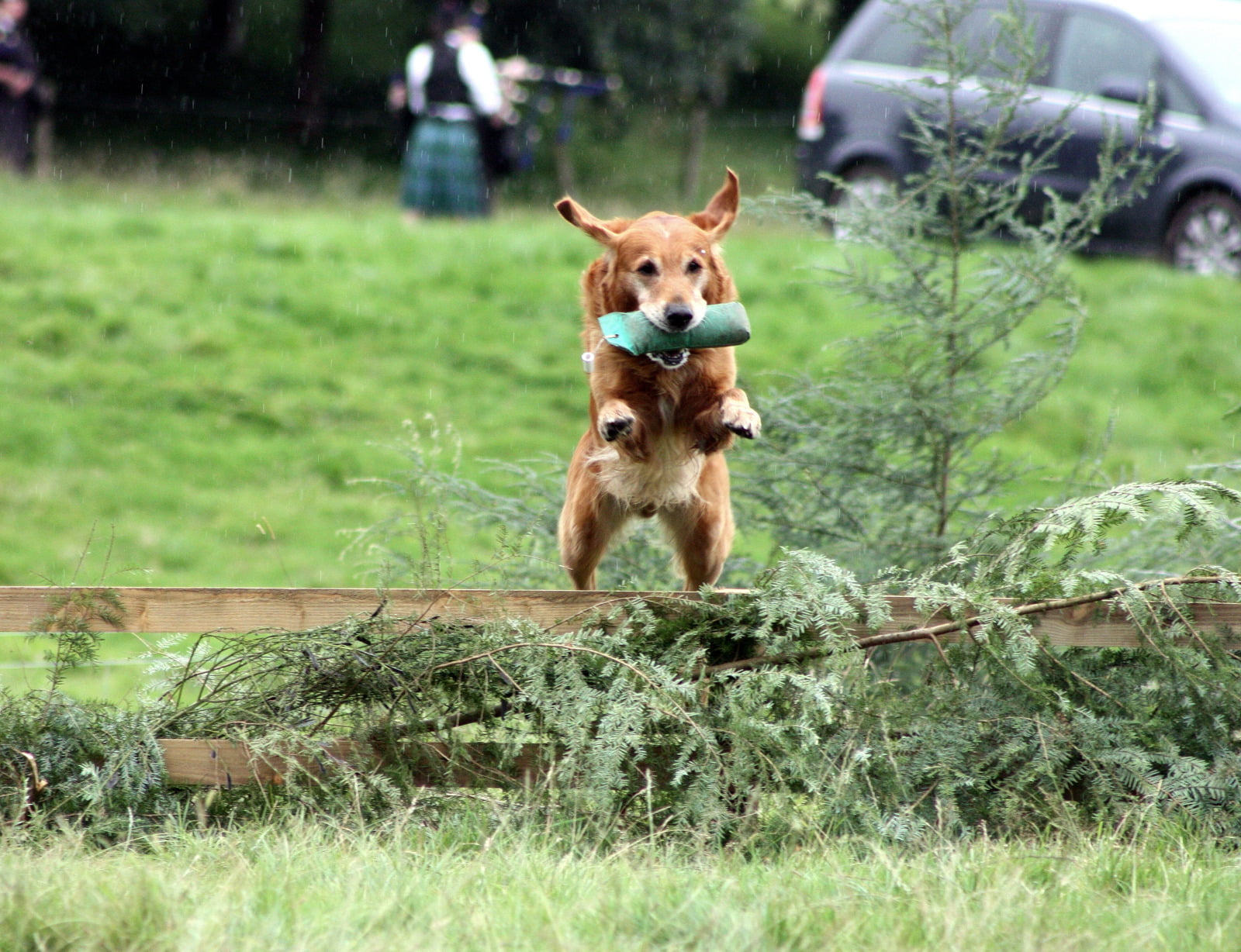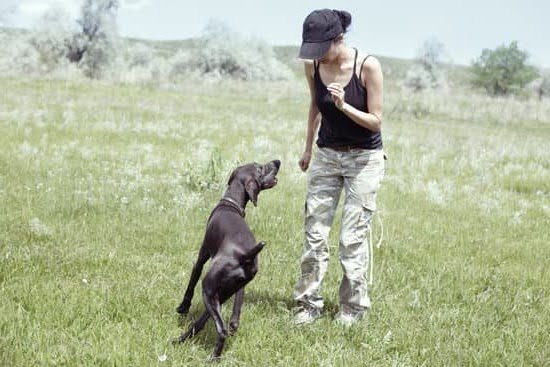There can be a variety of reasons why your dog may start to regress in their crate training. One of the most common reasons is a change in routine. If your dog is used to being crated during the day while you’re at work, and all of a sudden they’re being crated at night instead, they may start having accidents in the crate. Other potential causes of regression can include fear, anxiety, or sickness. If your dog is showing any signs of fear or anxiety, such as whining, barking, or trying to escape the crate, you may need to consult with a behaviorist to help address the underlying cause. If your dog is unwell, be sure to consult with your veterinarian to rule out any medical issues.
How To Crate Train An Older Rescue Dog
Many people think that crate training is only for puppies, but that’s not the case at all! Crate training can be a great way to help your older rescue dog feel comfortable and safe in his or her new home.
The basic idea behind crate training is that dogs are den animals, and they feel safer and more comfortable when they have a small, enclosed space to call their own. When you crate train your dog, you are teaching him or her that the crate is a safe place to be.
One of the best things about crate training is that it can be used to help with a wide variety of behavioral issues. If your dog has a tendency to chew on furniture or pee in the house, crate training can help to curb these behaviors.
The first step in crate training your older dog is to get him or her comfortable with the idea of being in the crate. Start by putting the crate in a quiet, comfortable spot in your home and putting some of your dog’s favorite toys in there.
Once your dog is comfortable with being in the crate, you can start to use it as a training tool. Start by putting your dog in the crate for short periods of time, and gradually increase the amount of time that your dog spends in the crate.
If your dog starts to get restless or starts to chew on the crate, give him or her a few minutes to calm down, and then try putting him or her back in the crate.
It’s important to be patient and consistent when crate training your older dog. It may take a little bit of time, but eventually your dog will learn to love his or her crate and will use it as a safe place to relax and rest.
Crate Training Puppy With Other Dogs
If you are crate training a puppy, it is best to do so when there are no other dogs in the house. This is because puppies can be very territorial and may become aggressive towards other dogs in the home. If you are unable to crate train your puppy when there are no other dogs in the house, you should be sure to provide plenty of supervision and make sure that the puppy and other dogs are always supervised when they are together.
Amazonbasics Folding Soft Dog Crate For Crate Trained Dogs
Dogs are amazing creatures that bring joy into our lives. However, when we are not home, we need to make sure our dog is taken care of and safe. That is where a dog crate comes in.
A dog crate is a great way to keep your dog safe and comfortable while you are away. It also can help with potty training and provide a place for your dog to relax when you are home.
There are many different dog crates available on the market, but we recommend the AmazonBasics Folding Soft Dog Crate. This crate is perfect for crate-trained dogs and is comfortable for them to relax in.
The AmazonBasics Folding Soft Dog Crate is made of durable and sturdy materials. It also collapses down for easy storage when not in use.
This crate is a great option for anyone who wants a safe and comfortable place for their dog to relax in.
How To Train Dog To Sleep In Crate At Night
There is no one definitive answer to this question, as different dogs will respond differently to various methods of crate training. However, there are a few basic tips that can be followed in order to help train your dog to sleep in his crate at night.
The first step is to make sure that your dog is comfortable in his crate. Some dogs may take to the crate naturally, while others may be hesitant to enter. If your dog is hesitant, you can help him feel more comfortable by placing a few of his favorite toys or treats in the crate. Once your dog is comfortable in the crate, you can begin to train him to sleep in it at night.
One method is to put your dog in the crate at night and close the door. Then, wait until he falls asleep. Once he falls asleep, you can quietly open the door and let him out. This method may take a little longer, but it is a more gentle approach and can be less stressful for your dog.
Another method is to gradually increase the amount of time that your dog spends in the crate at night. Initially, you may start by putting your dog in the crate for just a few minutes at a time. Once he is comfortable with this, you can gradually increase the amount of time he spends in the crate.
Whichever method you choose, be patient and consistent with your training. It may take a little time, but eventually your dog will learn to sleep in his crate at night.

Welcome to the blog! I am a professional dog trainer and have been working with dogs for many years. In this blog, I will be discussing various topics related to dog training, including tips, tricks, and advice. I hope you find this information helpful and informative. Thanks for reading!





